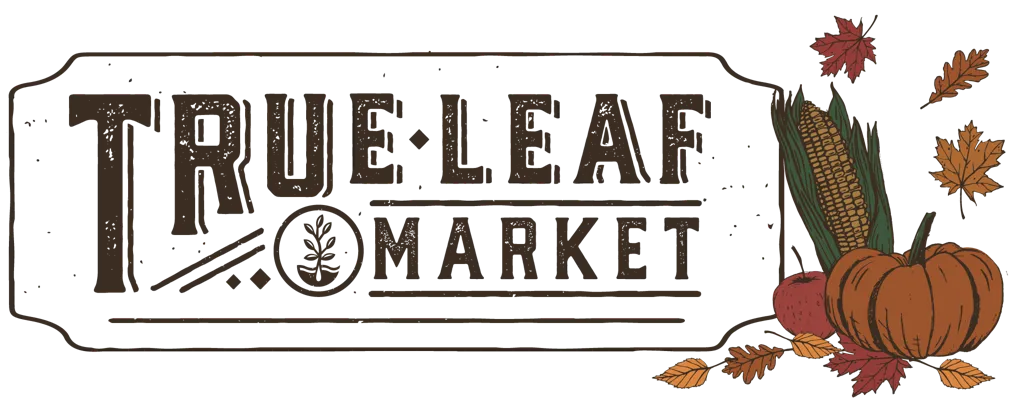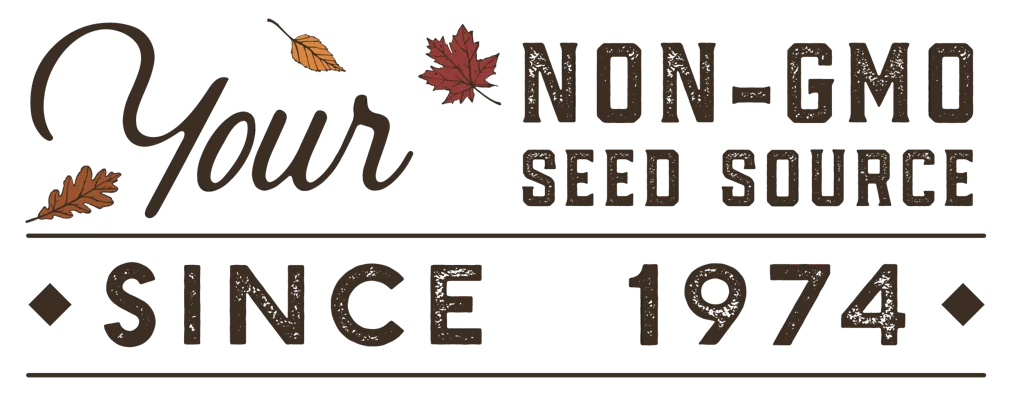Download Free Vegetable Growing Guide PDF
Growing Bhut Jolokia Ghost Peppers in the Vegetable Garden
Bhut Jolokia peppers require a paticularly long growing season, making it essential to start seeds indoors 10-12 weeks before the last expected frost date. Begin by filling seed trays or small pots with a high-quality seed starting mix. Sow the seeds at a depth of one-fourth inch, covering them lightly with soil. Water the seeds gently but thoroughly to ensure the soil is evenly moist.
Ghost pepper seeds can be slow to germinate, often taking up to thirty-five days. Maintaining a consistent temperature of eighty to ninety degrees Fahrenheit is crucial for successful germination. Using a heat mat can help achieve the necessary warmth. Once seedlings emerge, provide them with twelve to sixteen hours of light per day using fluorescent or LED grow lights. Keep the soil consistently moist but not waterlogged, and ensure good air circulation to prevent fungal issues.
Before transplanting your seedlings outdoors, they need to be gradually acclimated to outdoor conditions through a process known as hardening off. About two weeks before the last expected frost date, start placing the seedlings outside in a sheltered area for a few hours each day, gradually increasing their exposure to sunlight and outdoor temperatures. This process helps the plants build resilience and reduces transplant shock.
When the danger of frost has passed, and nighttime temperatures consistently stay above fifty-five degrees Fahrenheit, it's time to transplant the seedlings into the garden. Choose a location that receives full sun, at least six to eight hours per day. The soil should be well-draining, rich in organic matter, and have a pH between six and six point eight. Mix a balanced, slow-release fertilizer into the soil at planting time.
Space the plants about eighteen to twenty-four inches apart, in rows twenty-four to thirty-six inches apart. Dig a hole slightly larger than the root ball of each seedling, place the plant in the hole, and backfill with soil. Water thoroughly after planting to help the plants settle in. Mulching around the plants can help retain soil moisture and suppress weeds. As the plants grow, apply a balanced liquid fertilizer every two to three weeks. Once the plants start setting fruit, switch to a fertilizer with higher potassium content to support fruit development. Be sure to follow the manufacturer's instructions regarding application rates and methods.
Ghost peppers require consistent moisture throughout the growing season. Water deeply and regularly, aiming for about one to two inches of water per week, depending on weather conditions. Be careful not to overwater, as waterlogged soil can lead to root rot. Drip irrigation or soaker hoses can be beneficial for maintaining even moisture levels.
Harvesting Bhut Jolokia Ghost Peppers
Bhut Jolokia peppers typically take about one hundred to one hundred twenty days from transplanting to reach maturity. The peppers are ready to harvest when they have fully ripened to a bright red color. The skin should be firm, and the fruit should detach easily from the plant with a gentle tug. Harvesting can be done continuously throughout the growing season as the peppers ripen. To harvest, use a sharp pair of scissors or pruning shears to cut the peppers from the plant, leaving a small portion of the stem attached. Always wear gloves when handling ghost peppers, as their intense heat can cause skin irritation.
About Bhut Jolokia Ghost Pepper Garden Seeds
Bhut Jolokia, commonly known as Ghost Pepper, is a hot pepper variety that gained worldwide recognition for its intense heat. Native to the Assam region of India, Bhut Jolokia held the title of the world's hottest pepper according to the Guinness World Records in 2007, boasting over one million Scoville Heat Units.
Given their extreme heat, Bhut Jolokia peppers are used sparingly in cooking. One popular use is to make hot sauces, which capture the pepper's unique flavor while diluting its intense heat.
In India, they were traditionally used to create smoke bombs for crowd control and even incorporated into hand grenades by the Indian military as a non-lethal method of incapacitating targets.
Bhut Jolokia peppers are well-suited for container gardening.
Tips From Our Gardeners
"As ghost pepper plants grow, they can become quite tall and may benefit from support to prevent branches from breaking under the weight of the fruit. Use stakes or cages to provide support."
 |
- Lara Wadsworth, True Leaf Market Writer
|
Other Resources
Non-GMO Bhut Jolokia Ghost Pepper seeds are available for Fast Free Shipping on qualifying orders.
=======
ATTRIBUTES
Basic Info
| Latin Name: |
Capsicum chinense
|
| Pepper Type: |
Hot - These peppers all have some heat and usually rank at least 100, but usually 500 or more on the Scoville scale and have heat ranging from mild to extremely hot.. |
| Bhut Jolokia Ghost Pepper Color: |
Red |
| Bhut Jolokia Ghost Pepper Flavor: |
Intense spicy, fruity flavor |
Growing Info
| Hardiness Zone: |
4, 5, 6, 7, 8, 9, 10, 11, 12, 13 Technically a tender perennial, but commonly grown as an annual. Perennial in zones 10 and 11. |
| Days to Maturity: |
120-129 (from transplant) |
| Days to Germination: |
7-10 |
| Seeding Depth: |
0.25 inch |
| Plant Spacing: |
18-24 inches |
| Row Spacing: |
24-36 inches |
| Plant Height: |
18-24 inches |
| Growth Habit: |
Upright |
| Soil Preference: |
Well-draining, loose (sandy loam), slightly acidic (6.5 pH), and moisture retaining. Too much nitrogen in the soil may lead to more foliage production and less fruiting, similar to tomatoes. Peppers also need sufficient amounts of phosphorus and calcium. We recommend using a balanced fertilizer for the best results. |
| Temperature Preference: |
Warmer (70-85 F). During high heat, foliar and flower development slow or pause until temperatures return to the preferred range. |
| Light Preference: |
Full Sun |
Other
| Direct Sow: |
No |
| Start Indoors: |
Yes. Start Indoors 6-8 weeks before your last spring frost date. Harden off and transplant when seedlings are 6-8 inches tall. Bury the stem slightly deeper than the root ball. Avoid planting hot and sweet peppers right next to each other, as they can cross-pollinate, potentially affecting the flavors of your harvested peppers. |
| Pepper Pollination: |
Peppers have perfect flowers (male and female parts) and will self-pollinate. However, wind and pollinator activity may increase success rates of fertilization and fruit production. |
| Plant Width: |
18-24 inches |
| Deer Resistant: |
Yes |
| Scoville Heat Units: |
855,000 to 1,041,000 |
| Heat Level: |
Extremely Hot - Over 300,000 on the Scoville Scale. Example: Some Habaneros, Ghost, Scorpion Butch T, Carolina Reaper. |
| Growth Speed: |
Late - Ready for harvest around 91 days or more from transplant. |
| Germination Temperature: |
80-90 F |
| Pests and Diseases: |
Peppers are commonly susceptible to cutworms, aphids, flea beetles, bacterial spot, Phytophthora, sunscald, and blossom end rot. To avoid or reduce problems with pests and diseases, stick to a regular watering schedule (drip irrigation is preferred), plant into well-draining soils, and utilize practices such as crop rotation. When taking pest control measures, consider utilizing integrated pest management principles by using mechanical removal, biological control, and other cultural practices before turning to chemical agents. |
| Garden Size: |
Greenhouse, Garden Plot, Raised Bed, Container |
| Pepper Use: |
Sauces, seasonings, and many other dishes |
| Climate Tolerance: |
Heat, Drought |




















